
In today’s world, while some people have the luxury to buy new and expensive things every day, some struggle to fulfil even the basic necessities of life. However, many kind-hearted philanthropists are trying their best to help the less fortunate by enhancing their quality of life through various means via their philanthropic foundations.
Although some charitable trusts have existed for a long time and their initiatives have helped improve many lives, the recent COVID-19 pandemic has emphasised their importance through their unflinching support in various areas of humanitarian work.
What are philanthropic foundations and how do they work?
Philanthropic foundations typically refer to non-profit and non-governmental organisations (NGOs), which are established and funded by companies with high turnovers or wealthy individuals, for charitable purposes.
Also known as charitable trusts, these entities have a board of directors and trustees who manage the foundation.
A foundation has specific goals and interests depending upon its area (social sector) of work. These trusts grant funds to other smaller organisations and take up various projects as per their mission.
Here are some of the wealthiest charitable foundations worldwide
Novo Nordisk Foundation, Denmark
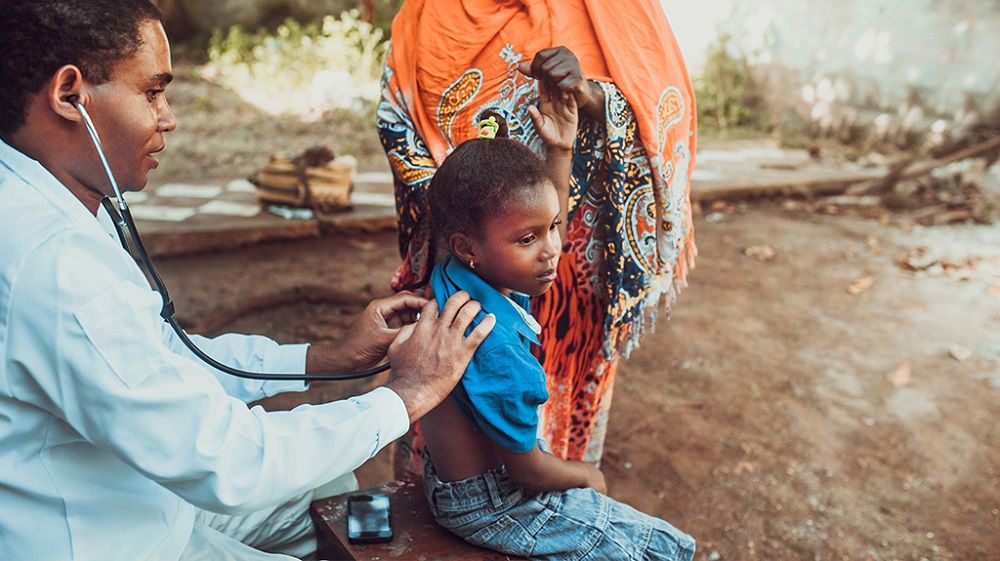
Nobel laureate August Krogh returned home from the US after acquiring permission to start the production of insulin in the Nordic countries. He established the Novo Nordisk Foundation in 1922, to develop a world-class solution for diabetes. Since then, the organisation believes in scientific innovations and initiatives for various humanitarian and social causes.
The organisation is called a ‘foundation with corporate interests’ because while it supports scientific, humanitarian and social causes, it also invests in various companies that aim at finding solutions to improving health, promoting sustainability and fighting diseases. It set up Novo Holdings, a wholly owned subsidiary, which helps the foundation manage commercial activities and looks into the foundation’s stakes in other companies.
Novo Nordisk is the largest company that the foundation owns through Novo Holdings. Denmark’s largest pharmaceutical company, it works towards manufacturing and selling insulin to treat diabetic patients. The company pays dividends to its owners from the profit incurred after the payment of taxes.
Novo Holdings receives such dividends from Novo Nordisk and other companies in its portfolio, and the funds are then transferred to Novo Nordisk Foundation. Furthermore, the money the foundation does not use for grants is reinvested into securities, companies and new businesses by Novo Holdings to enhance their focused areas of work.
The private foundation envisions improving the healthcare facilities of society and making them sustainable for global development.
It has initiated many innovative projects and the Novo Nordisk Foundation CO2 Research Centre is trying to find new ways to reduce global warming and climate change. The organisation also has programmes including CBS-BIO, SCOPE, Open Discovery Innovation Network (ODIN) and Nordic Mentor network of Entrepreneurship (NOME) to shape young minds and careers.
The charitable foundation holds an endowment of USD 70.8 billion approximately as per their finance report from 31 December 2021, making it one of the wealthiest charitable foundations in the world.
Bill and Melinda Gates Foundations, US

Launched in 2000, Bill and Melinda Gates Foundation is one of the biggest names in charity. As a philanthropic foundation, it works against poverty, disease and inequity in developing countries.
Bill and Melinda Gates transferred USD 20 billion of Microsoft stock to the organisation’s fund as they started getting more involved in their social work over the years. It provides cutting-edge technology and financial support to researchers for innovating different solutions for the unprivileged.
Bill and Melinda Gates Foundation and Bill and Melinda Gates Trust are the two entities of the organisation. While the foundation distributes the funds to grantees, the trust manages the assets. Other than Microsoft stocks, offerings from one of the most renowned investors, Warren Buffett, are another source of their endowment fund. Additionally, he and Bill Gates started ‘Giving Pledge’ in 2010, asking billionaires to contribute a minimum half of their wealth.
It partners with the public and private sectors to accelerate the process of delivering solutions to the people. For instance, it has funded many organisations in third-world countries to provide children with vaccinations for many deadly diseases.
The Bill and Melinda Gates Foundation stood on a net asset of nearly USD 55.1 billion at the end of 2021, according to its financial reports. It is currently operating in various countries, including the US, China, Ethiopia, India, South Africa and the UK.
Howard Hughes Medical Institute, US
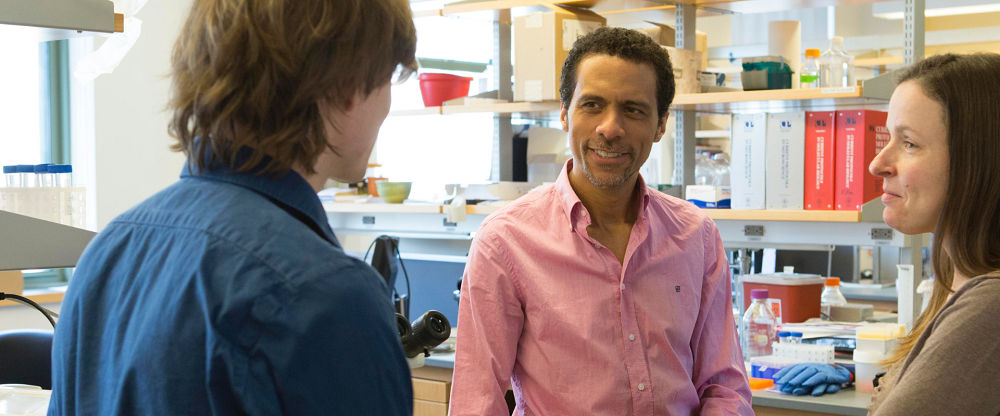
The Howard Hughes Medical Institute (HHMI) was conceptualised in the late 1940s. After the demise of Howard R Hughes, the trustees sold the Hughes Aircraft Company and invested the money to build the organisation’s endowment. At the end of 2021, the private foundation had approximately USD 27.1 billion of consolidated net assets according to its website.
HHMI is a non-profit research organisation which works toward building a more inclusive scientific community. The organisation receives funds from individuals or non-profit funders. However, in some specific cases, it goes under the HHMI review and approval system. Though the institute does not seek government funding, investigators can apply for government support through their host institutions if they want.
The medical research and philanthropic institute is a firm believer in the term “people, not projects.” It provides prolific scientific minds with the necessary resources to study and contribute to ground-breaking inventions to enhance healthcare facilities globally. HHMI tirelessly works to create a gender-inclusive scientific environment with racial and ethnic diversity.
HHMI’s scientific and biomedical research programmes are designed for the advancement of knowledge in basic sciences. The organisation also has international programmes that impact 17 developing countries worldwide.
Wellcome Trust, UK

Henry Wellcome, a pharmaceutical entrepreneur, left his wealth, collection of medical items, and a vision which helped in establishing The Wellcome Trust in 1936. As per its website, the trust currently has an investment portfolio of USD 46.4 billion approximately.
Earlier, the dividends of Wellcome Plc, the pharmaceutical company owned by Henry Wellcome used to fund charitable grants. But in 1986, the trustees agreed to sell shares in the company. Now, publicly listed stocks and shares, private equity, venture capital, property, hedge funds and other investments are the main source of their funding.
Wellcome Trust is a global charitable organisation that believes in the power of science to improve people’s health and well-being. Mental health, infectious diseases and climate change are the three major challenges which it works on.
It partners with research institutes and individual researchers all over the world and believes that collaborative scientific research from different fields of health science is the key to a healthier, happier world.
The Wellcome Trust aims to spend USD 19.5 billion by 2032 on advanced scientific discoveries to tackle crucial health issues.
Mastercard Foundation, Canada
Mastercard Foundation is one of those private charitable foundations that help young people learn and prosper. It works with donors, private sectors and civil societies to help flourish young lives.
The Mastercard Foundation was established in 2006 with USD4.4 billion, and now with over USD 40 billion, it is one of the largest philanthropic organisations in the world. The institution is a venture of Mastercard International and it runs independently under its board of directors.
Under the leadership of president and CEO, Reeta Roy, the charitable organisation has taken an initiative in 2009 called Young Africa Works which is currently underway in Africa. The mission aims to impact the socio-economic progress of the country. Their goal is to provide employment to over 30 million people by 2030 and help them fight poverty.
It works in various other countries, including Ethiopia, Ghana, Kenya, Nigeria, Rwanda, Senegal and Uganda. Being strong believers in equal opportunity for everyone, it gives access to education, financial services and skill training to those who can’t afford it.
Azim Premji Foundation, India
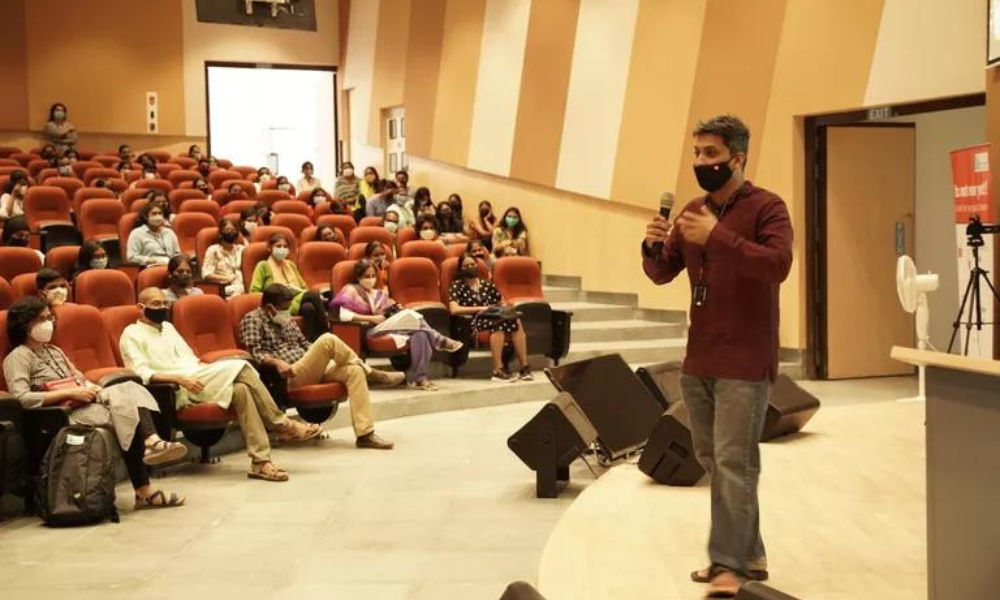
Azim Premji, founder and chairman of Wipro Limited was declared the top philanthropist in India, according to a 2021 report by Business Line. He established the Azim Premji Foundation in 2000 to take up social development initiatives.
Since its inception, he has transferred 74 percent economic shareholding of Wipro to the foundation till now, which has an endowment of approximately USD 38 billion as per the university website. The whole institution is funded by personal shares donated by Azim Premji.
Its history can be categorised in three phases as per the work executed — 2001-2002 (work on public education, equity, quality), 2002-2009 (work in collaboration with state governments) and from 2009 till now (work on all aspects of education).
In 2010, Azim Premji University was built for better education and development for all those in need of higher education, but can’t receive it. It also provides professional courses for the youth. Over the years, the foundation has set up many district-level institutions to improve the quality of education in the country.
A part of the foundation, the New Association of Street Vendors of India (NASVI) was built in 2003 to support local vendors in financial management and leadership. It provides training for the economic development of the urban poor.
Mitr Sanketa is another of their endeavours that supports the rights of women and rescues child domestic workers.
Lilly Endowment, US
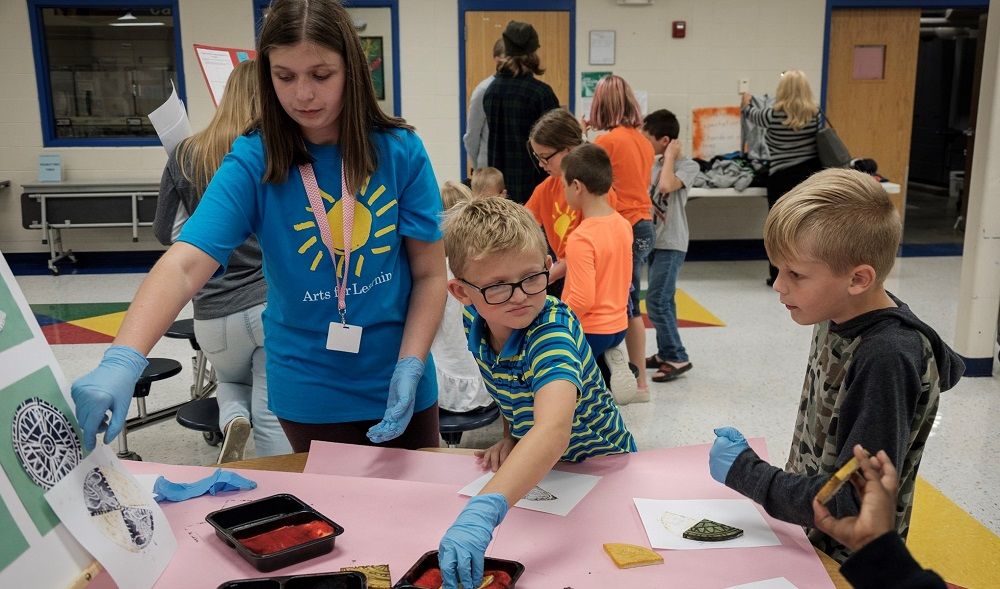
In 1936, the idea of the Lilly Endowment was formed by Eli Lilly to continue the Lilly family tradition and help young people through a financial stronghold in the social sector. The primary focus areas of this foundation include education, youth, religion and community development.
In the beginning, the gift stocks of Eli Lilly and Company were the only source of funding for the organisation. Later, it received more stocks and shares from the Lilly family and non-family members. Ruth Lilly, the niece of Eli Lilly, donated her estate plan to the endowment as well. With over USD 17 billion worth of assets in 2019 as per their website, it is one of the largest charitable trusts in the world.
The institution has granted funds to Wheeler Mission for expanding the capacity of emergency shelters. It has stepped up to strengthen the economy and culture of Indianapolis and Indiana as well.
It also plays an essential role in disaster relief and recovery at the time of need and supports veterans, military service members and their families. It provides funding, technical assistance and consultations to other private foundations too.
Ford Foundation, US

Ford Foundation was established in 1936 with the vision to use its resources for scientific advancement, education and public welfare. Crossing the barriers of the US, the organisation works in many developing countries including Brazil, China, Eastern Africa, Nepal, India, Sri Lanka and Indonesia now.
The family foundation works towards creating a more diverse, equitable and inclusive society and It has initiated the BUILD project to provide long-term funding to organisations that work on these issues. Over the last few decades, the foundation has built networks and institutions to make people aware of immigrant rights, criminal rights and justice related to reproductive and gender issues in the US. The organisation has also started a US Disability Rights Programme to work on disability inclusion.
The Ford Foundation started with an initial token of USD 25,000 from the founder of Ford Motors. It is an independent organisation led by 16 members of the board of trustees. Presently, it makes around USD 500 million every year in grants, making the Ford Family Foundation one of the largest philanthropies in the world with an endowment of USD 16 billion, according to their website.
Robert Wood Johnson Foundation, US
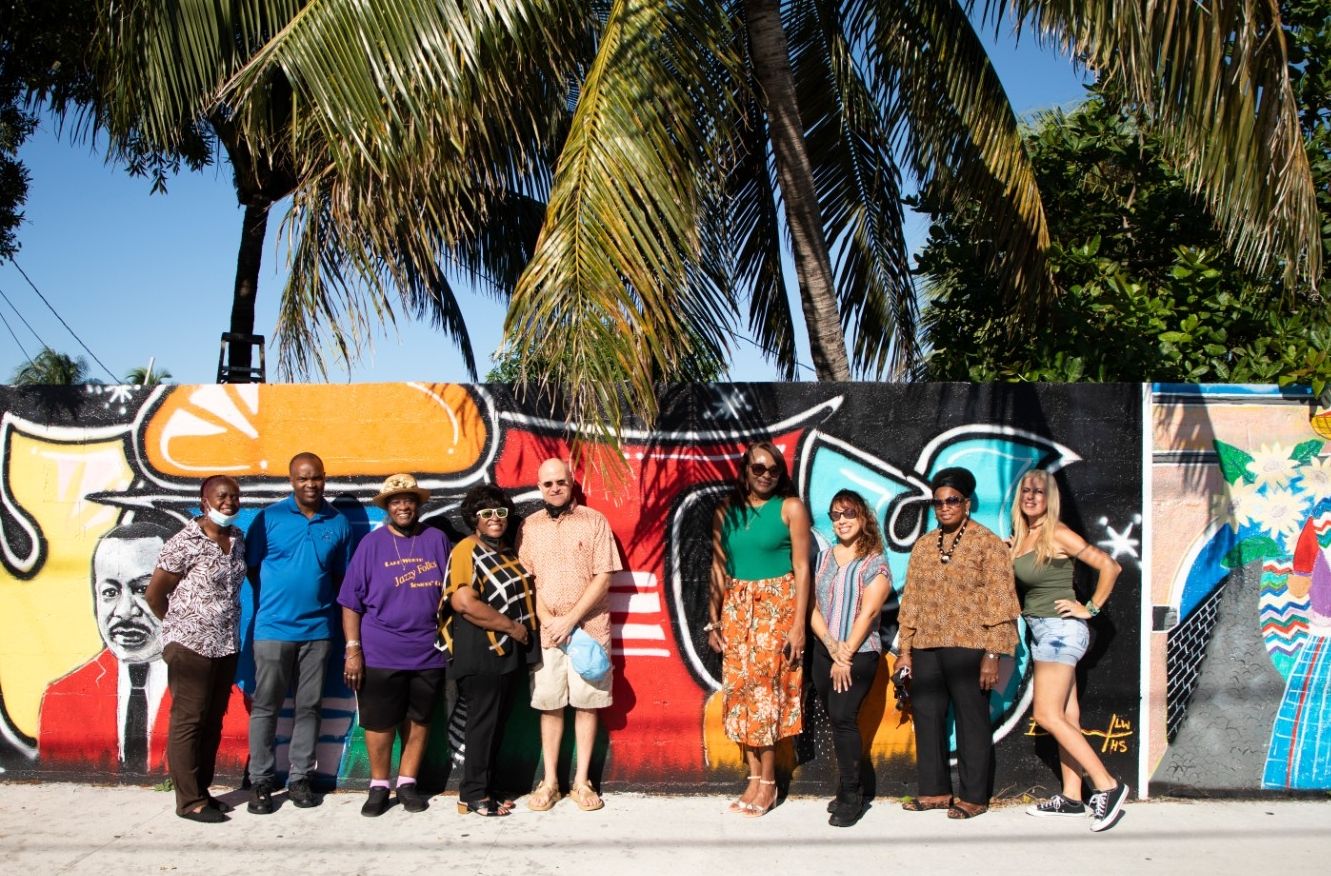
Established in 1972, the Robert Wood Johnson Foundation is an endeavour to improve the public health and well-being of the people of America. In the early years, the foundation was supported by the generous shares of Johnson & Johnson, but now it has an endowment of nearly USD 14.8 billion and a diversified investment portfolio as per their financial records for 2021.
Robert Wood Johnson Foundation seeks to enhance healthcare facilities by providing equity to all communities through its grants and investments. As the organisation is concerned about improving healthcare, it avoids taking grants from businesses related to tobacco, cannabis, alcohol or firearms.
The institution works alongside numerous hospitals, healthcare facilities and community groups. It also funds other organisations that take initiatives to create a healthy community. Their grant programmes help find solutions with transformative potential and model interventions that have a significant impact on improving health, research and evolution of major health problems.
It has taken initiatives like creating the national 911 emergency medical response system, preventing tobacco use, legitimising end-of-life care, fighting childhood obesity and so on. The institution makes its grants by engaging business leaders, community groups, policymakers, and other stakeholders who want to make life easier and healthier for other people.
William and Flora Hewlett Foundation, US

William and Flora Hewlett established the charitable foundation in 1966. Their work areas include the advancement of environmental conservation, education for all, support for performing arts, gender equality, economic development and effective philanthropy.
William and Flora Hewlett Foundation use their grants to support private institutions and universities to prosper in public knowledge and performing arts that are inclusive and diverse.
It has funded Georgetown University for the CyberAI programme, Wilderness Society, Grand Canyon Trust and Golden Thread Productions for general operating support and Internet and Jurisdiction Policy Network for a project on jurisdictional challenges to data requests.
Additionally, it has extended support to The Mahea Uchiyama Center of International Dance, Marcus Foster Education Institute and many other such institutes for the growth and improvement of performing arts.
With an endowment of over USD 13.3 billion (as of 2020), Hewlett Foundation is one of the largest of its kind. It also supports the development of the San Francisco Bay Area communities and changes lives for the better.
(Main and Featured Image: Courtesy Larm Rmah/Unsplash)

